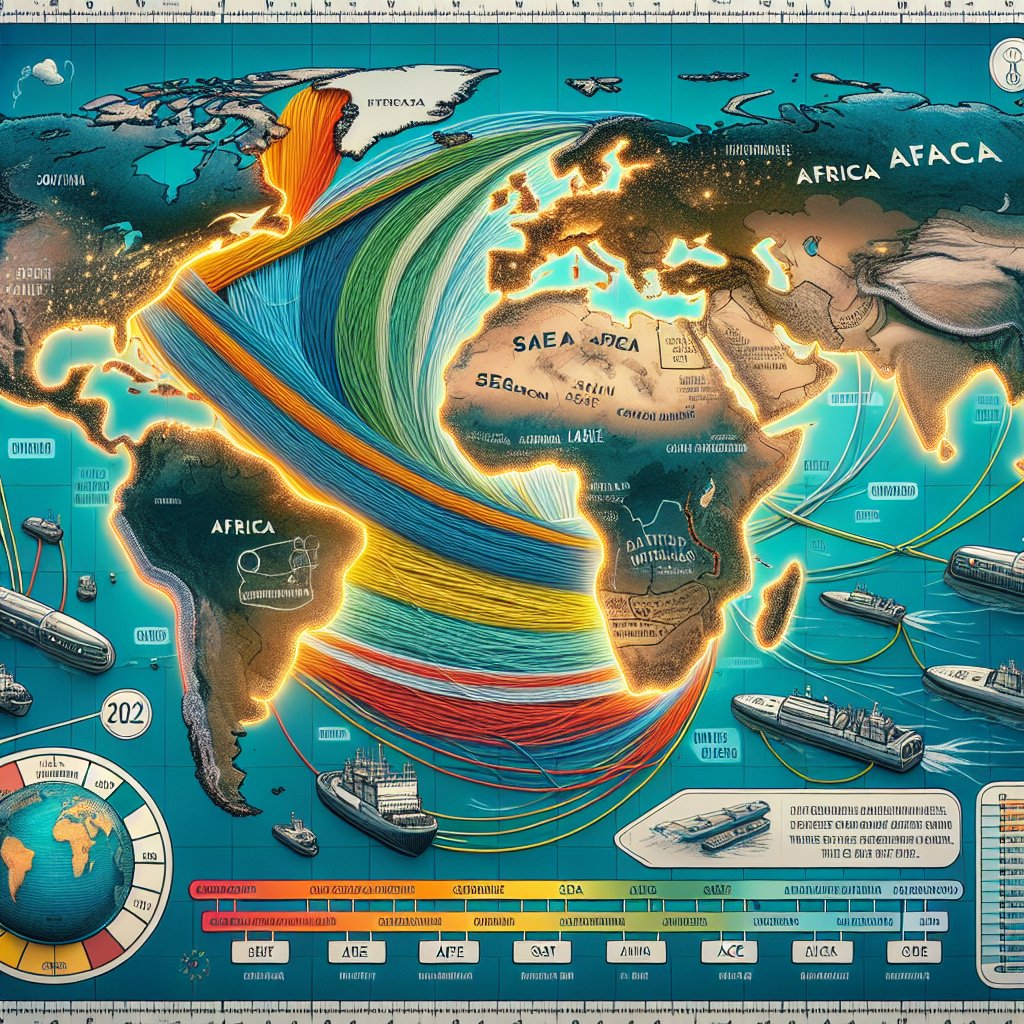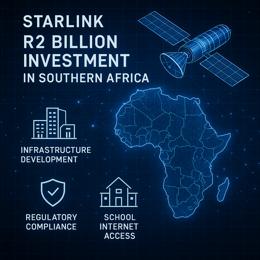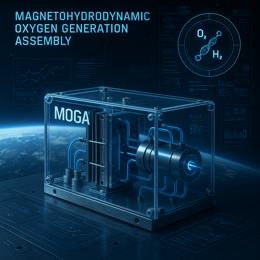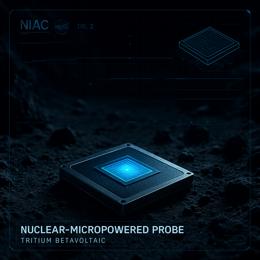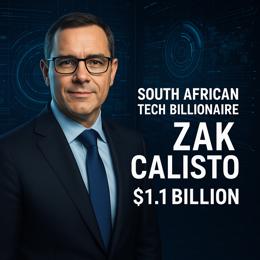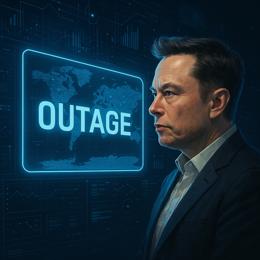Content created by Bailey our AI journalist
Nine Undersea Cables: South Africa's Global Connectivity Gateways
South Africa's position as a connectivity powerhouse is anchored deeply beneath the ocean's surface, where a network of nine undersea cables stitches continents together. These cables, covering approximately 143,570 kilometers, are pivotal in facilitating the digital traffic that powers economies, connects societies, and bridges the digital divide across borders.
The narratives of these cables interweave histories of monopoly and moments of transformative competition. For many years, the South African telecommunications giant Telkom maintained a stronghold over the country's link to the global digital network through the SAT-3 and SAFE undersea cables. This dominance faced a seismic shift when Seacom, along with Tata Communications' TGN-Eurasia submarine cable system, started operations in July 2009. The advent of Seacom on the connectivity stage forced Telkom to strategically secure access to Seacom’s cable, a crucial move given Telkom’s requirement for enhanced capacity to meet the telecommunications surge of the 2010 FIFA World Cup.
Although Telkom responded to the increase in demand by upgrading the SAT-3/SAFE cables, the Seacom cable was indispensable for the needed redundancy to support the world cup's needs. Previously reliant on satellite backhaul, wholesale connectivity providers like Internet Solutions also benefited from this new cable, which provided a more reliable and faster connection alternative.
The esteemed 2Africa cable, spanning an impressive 45,000 kilometers, landed in December 2022, further reinforcing South Africa's connectivity infrastructure. The collaboration of several industry giants, including China Mobile, MTN, Meta Platforms, and Vodafone, illustrates the high stakes and strategic importance of such infrastructure investments in the digital age.
In another venture, the Africa Coast to Europe (ACE) cable links South Africa to Europe and West Africa, extending over 17,000km. Operational since June 2021, its vast consortium includes MTN and the Republic of Cameroon among others.
The Google-backed Equiano cable, an initiative by Alphabet Inc., made landfall at Telkom’s Melkbosstrand facility in August 2022. This solo venture by Google highlights the growing inclination of tech firms to invest directly in connectivity infrastructure, betting on the long-term dividends of a digitally interconnected world.
The remaining cables, including WACS, SAT-3/WASC, SAFE, EASSy, and the more recent METISS, collectively form a resilient and diverse network, supporting robust data flow in and out of the continent. Each cable tells a part of South Africa's connectivity saga, from the early days of Telkom's reign to the current period marked by a polycentric control over the digital veins that sustain the country's position in the global economy.
Catering to this infrastructural network are companies such as Dark Fibre Africa and Vumatel, which play a key role in the local landscape by enhancing capacity and redundancy, and ensuring that South Africa remains competently connected to the global community through these undersea marvels.
